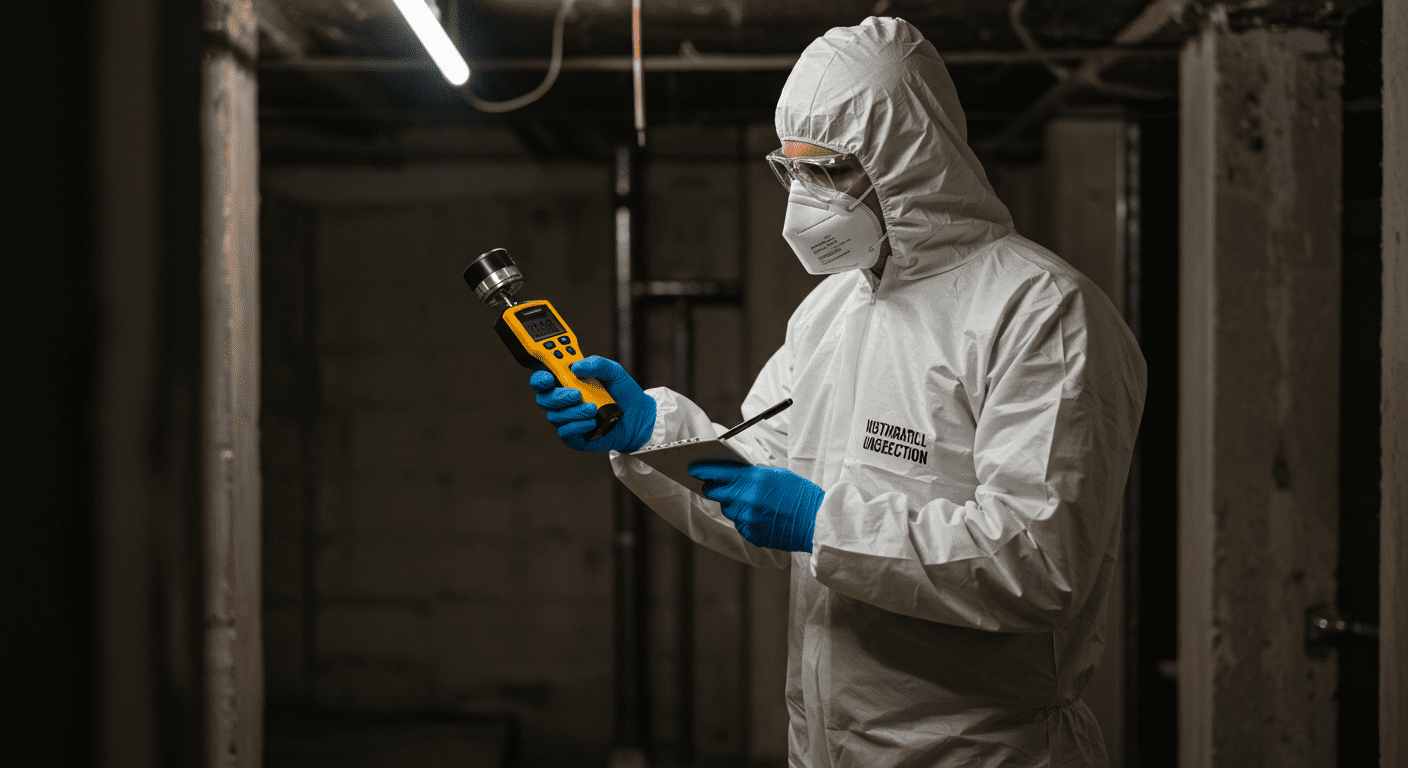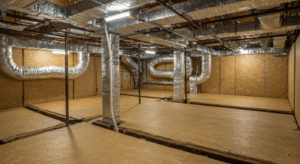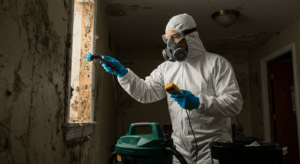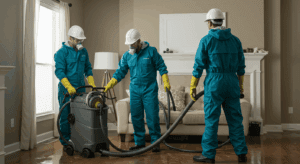Mold is a common problem that can affect homes and businesses in Paterson, NJ. Understanding mold, its health effects, and how to manage it is essential for maintaining a safe environment. This article will delve into the types of mold found in Paterson, the health risks associated with mold exposure, the inspection processes, and effective prevention tips.
Types of Mold Found in Paterson, NJ
Mold can thrive in various environments, especially those with excess moisture. In Paterson, NJ, common types of mold include:
- Aspergillus: Often found in damp areas, this mold can cause respiratory issues.
- Cladosporium: This type can grow on wood, carpets, and fabrics, leading to allergic reactions.
- Stachybotrys (Black Mold): Known for its toxicity, black mold can pose serious health risks, particularly for vulnerable populations.
Understanding these types can help residents identify potential mold issues early.
Health Effects of Mold Exposure
Exposure to mold can lead to various health problems, especially for individuals with pre-existing conditions. Key health effects include:
- Respiratory Issues: Mold spores can trigger asthma attacks and worsen allergies.
- Skin Irritation: Direct contact with mold can cause rashes and skin irritation.
- Neurological Symptoms: Some studies suggest that prolonged exposure may lead to cognitive issues.
It’s crucial for residents of Paterson to be aware of these risks and take preventive measures.
Mold Inspection Processes in Paterson, NJ
If you suspect mold in your home or business, a thorough inspection is vital. The inspection process typically includes:
- Scheduling an Appointment: Contact a certified mold inspector in Paterson.
- Conducting the Inspection: Inspectors will assess areas prone to mold growth, such as basements and bathrooms.
- Sample Collection: Air and surface samples are collected for laboratory analysis.
- Detailed Reporting: A comprehensive report will outline findings and recommendations for remediation.
Professional inspections ensure accurate assessments and help in planning effective remediation strategies.
Prevention Tips for Mold Growth
Preventing mold growth is essential for maintaining a healthy environment. Here are some effective tips:
- Control Moisture: Ensure proper ventilation in areas like kitchens and bathrooms. Use dehumidifiers in damp spaces.
- Regular Cleaning: Clean and dry any water-damaged areas immediately to prevent mold growth.
- Monitor Humidity Levels: Keep indoor humidity below 50% to inhibit mold development.
By implementing these strategies, residents of Paterson can significantly reduce the risk of mold growth in their homes.
Conclusion
Mold is a serious concern for residents of Paterson, NJ. By understanding the types of mold, recognizing health risks, and following proper inspection and prevention methods, you can protect your home and health. If you suspect mold in your property, consider contacting a professional mold inspection service to ensure a thorough assessment and effective remediation.



